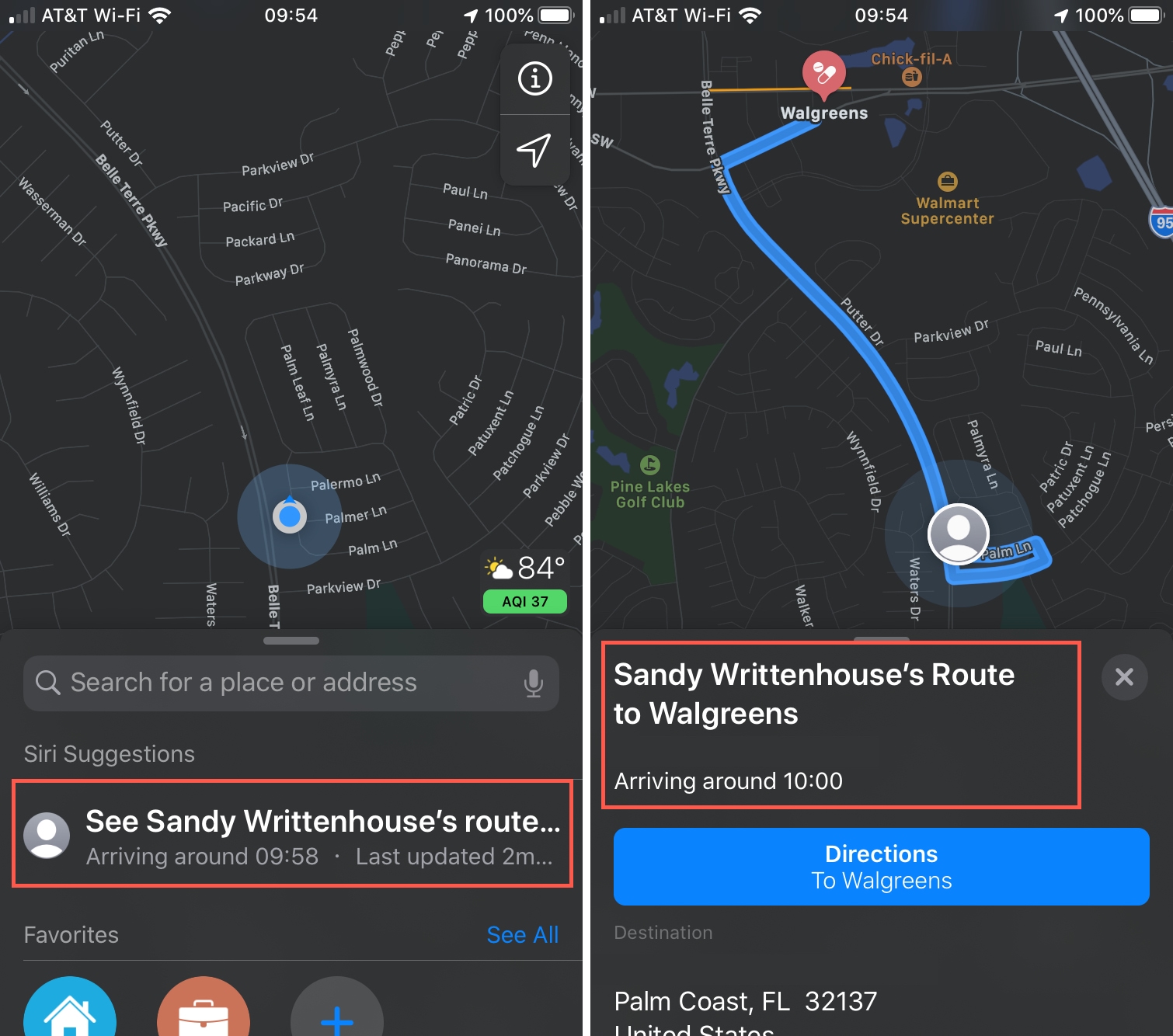

Most "may" charge your card if you cancel after a driver has accepted your booking.Most ridesharing services and taxi apps charge a cancellation fee, though the parameters are pretty vague: Note: Uber Pool is only available in some locations, which you can find on the company website. The tradeoff, aside from travelling with a stranger, is that the driver may need to make multiple stops, which can increase travel time. Pool adds other riders as they book, so you don't need to coordinate locations and times with people you don't know. Uber Pool lets you share a ride with strangers heading in the same general direction, to bring down the overall cost. We've all split a ride with friends to save some cash, but Uber has taken this idea one step further. A taxi could still be a cheaper option depending on the duration of your ride. Taxis do not do this, though they may apply surcharges depending on the pickup location (e.g.There is little consistency as to how and when it is applied. Surge pricing is at the discretion of the ridesharing service.This is multiplication-based, as opposed to a single fee, which can dramatically increase the cost of a ride.
#Share your eta on uber drivers
Ridesharing services introduce surge pricing during busy periods when drivers are in high demand.Ridesharing services often offer discount codes, referral bonuses if someone signs up off your recommendation, and discounts for new users.Taxis and rideshares in the Northern Territory, for example, incur an additional $1 fee to offset unique licensing fees. Unfortunately, operation cost increases may be passed onto the passenger. not luxury or specialty vehicles) is cheaper than a taxi most of the time, although prices seem to be on the rise. Regulations and requirements such as vehicle quality control, background checks and licensing fees differ from state to state.Īre ridesharing services cheaper than taxis?.Though legislative change kicked off as a result of Uber, the laws apply to all ridesharing services.Ridesharing is legal in all states and territories as of 2019.When Uber first launched in Australia, it wasn't subject to the same regulations and fees as the taxi industry, which eventually led to legislative change at state and territory levels. Some taxi companies have partnered with rideshare services too, which gives you the option to choose a cab or private vehicle. Uber has a range of luxury vehicles to choose from, including sedans and SUVs.Uber and Rydo can provide accessible vehicles, which are licensed to transport passengers in wheelchairs.Some can send a large vehicle, people-mover or maxi-taxi for big groups or items.Every service lets you book a standard vehicle (or standard taxi).Many ridesharing and taxi apps offer a range of vehicle options. This is where cabs still have an advantage. Rideshares don't have hotlines you can call, and you can't hail one off the street. If your battery dies or you lose your phone, then you can't book a ride. While rideshare booking methods are convenient, everything relies on the app. You can arrange an alternative payment method, such as cash, in some cases. At the end of the trip, the app automatically bills your account, and you rate your driver.
#Share your eta on uber license
The app provides you with driver and vehicle information such as name, license plate details, car colour and so on, so you can identify them on arrival.When a driver accepts your booking, you can track their vehicle and ETA using GPS.You book your ride using a smartphone app, which connects you to available drivers in the area, and gives you the approximate travel time and price.Anyone can sign up to be a rideshare driver, as long as they pass the safety and licensing assessments.Rideshare drivers use their own vehicles, rather than one owned by a taxi company.

The delivery and organisation however, are a little different. Ridesharing services follow the same basic principle as taxis – you book a ride, the driver takes you to your destination and you pay them. Or Learn more What are ridesharing services?


 0 kommentar(er)
0 kommentar(er)
